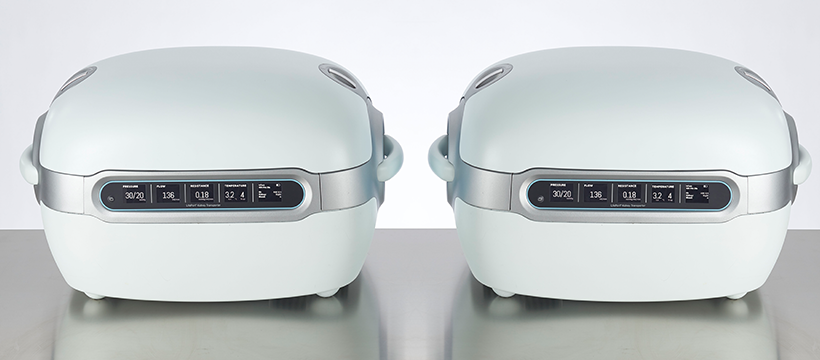Solving Functionality Problems – Organ Recovery Systems


IET’s developers first began working together while collaborating on the Multiple Organ Hibernation and Perfusion Recovery System (“MOR”), a patented device developed by Organ Recovery Systems to extend organ life for transplantation, creating a faster, safer, and easier way to preserve and protect donor organs, particularly the kidney and liver.
In the early stages of development, the MOR was a collection of off-the-shelf components that failed to function as a unified system. Dr. Terry E. Riemer, PhD EE and President of IET, was hired as a subject matter expert to solve multiple functionality problems, which comprised a complete custom redesign of the electronics subsystems including placement of all printed circuit board traces. Jim Tedesco, MS EE and IET’s CEO, joined the team as a biomedical design engineer.
“Our mission was to develop a proof-of-concept preproduction model to prove the efficacy of recovering damaged kidneys,” Tedesco says.
The MOR device later received patents in the United States and Europe and was incorporated by Organ Recovery Systems into production of its LifePort kidney and liver transporter systems to maintain organ viability during preservation.
IET’s developers also custom-designed, fabricated, and assembled all analog and digital electronic subsystems to support the development of the MOR device, developing a control system that processed signals for monitoring temperature, pressure, pH, and flow rate, and converted them into digital signals to control multiple discrete components.
“Dr. Riemer was hired for electronic design and development support, and I came on as a biomedical design engineer,” Tedesco says. “By the end of the project we had developed mutual professional respect that continues to this day as co-founders of IET.”